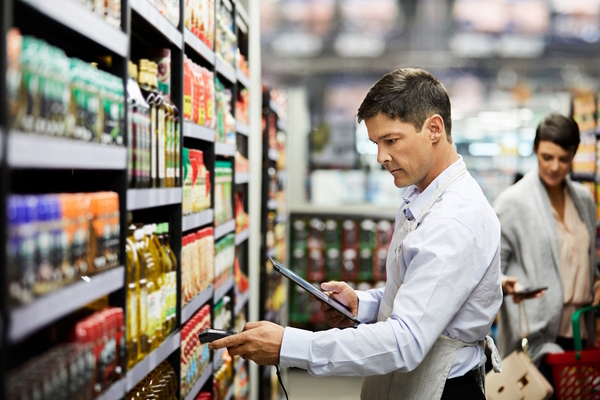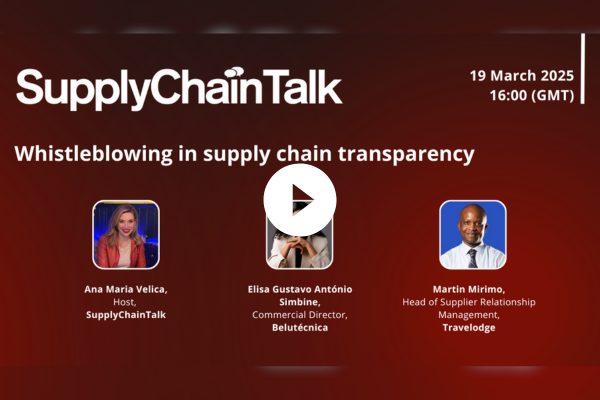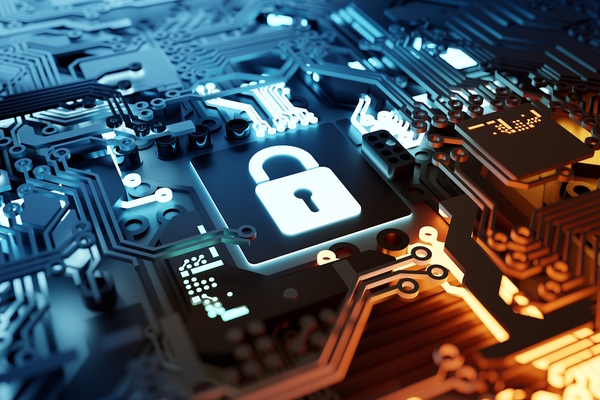The role of data in reducing carbon emissions
Sponsored by Zencargo
Around 24 percent of total greenhouse gas emissions are a result of transport. So, for businesses trying to address consumer concerns about their products’ environmental impact, cutting the CO2 incurred by their logistics function is a good place to start.
Businesses now need to think about how they can balance consumer satisfaction and sustainability, all while keeping costs low, lead times accurate and carrier relationships strong. So, how can businesses actively work on their CO2 emissions without impacting their supply chain performance?
Find reliable data to cut emissions
Having the right supply chain data is key for benchmarking your carbon footprint, identifying where improvements can be made and providing consumers with accurate emissions data. However, this data needs to be reliable for businesses to confidently make informed decisions to actively lower their carbon emissions.
For data to be reliable, emissions need to be calculated in adherence to strict methodologies and standards. For example, the carbon data must be measured by established standards such as the Greenhouse Gas Protocol and ISO 14000 and methodologies such as the Global Logistics Emissions Council (GLEC) framework and ICAO carbon emissions calculator.
Zencargo uses a third-party platform that is accredited by Smart Freight Centre, the developers of the GLEC framework, to align with other globally recognised calculation methodologies. With this credible data, Zencargo gives its customers the confidence that measurements are reliable while providing them with a foundation to put reduction and offsetting strategies into action.
Using data for carbon reduction strategies
It’s clear that there is growing pressure on businesses from consumers to become more sustainable, which has led many to incorporate carbon reduction into their strategies. But how can businesses establish exactly where to start cutting emissions?
Firstly, businesses need to know how much carbon they are emitting. Without this data, it is extremely difficult for them to understand where they are having the biggest impact. But once they have reliable calculations, businesses can pinpoint where they are at and identify target areas for reduction and offsetting objectives.
Some examples of improvements that could be incorporated into strategies include:
- Consolidation of shipments
- Optimisation of low-carbon routes
- Reduction of dwell time
Build a sustainable future for your business
With robust calculations based on reliable CO2 data, businesses can make more sustainable decisions and design strategies that benefit both the business and its consumers.
Zencargo provides its customers with the ability to aggregate emissions data across every supplier, product, trade lane and mode. This visibility allows our customers to make smarter, data-driven decisions for each shipment, without impacting costs or lead times.
To find out more about how data can improve visibility and enhance decision-making, visit zencargo.com

Business Reporter Team
Most Viewed
Winston House, 3rd Floor, Units 306-309, 2-4 Dollis Park, London, N3 1HF
23-29 Hendon Lane, London, N3 1RT
020 8349 4363
© 2025, Lyonsdown Limited. Business Reporter® is a registered trademark of Lyonsdown Ltd. VAT registration number: 830519543





